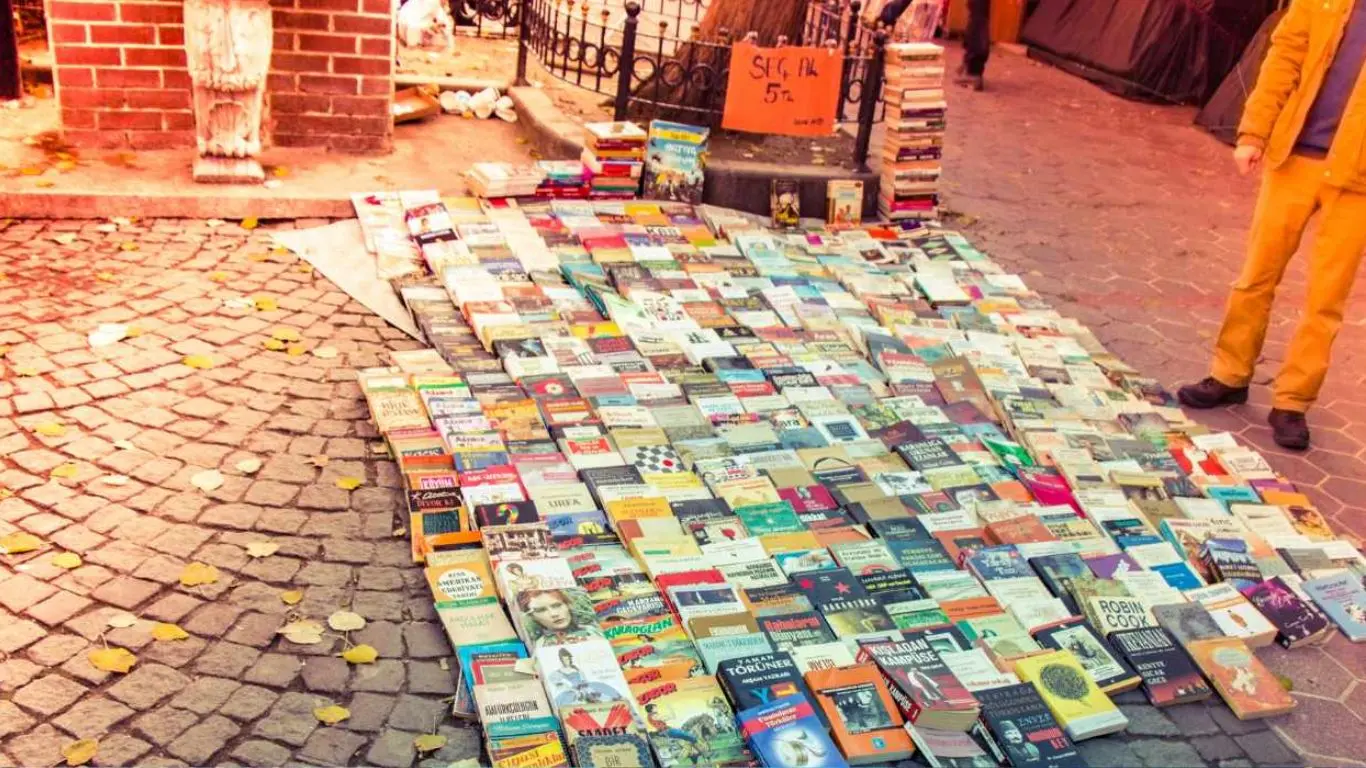In today’s eco-conscious world, the concept of sustainability has permeated almost every aspect of our lives, from the way we travel to the way we eat. But what about the way we read? “Sustainable Reading: How Second-Hand Books Can Reduce Our Carbon Footprint” explores the significant, yet often overlooked, impact that embracing second-hand books can have on our environment. By choosing to purchase and read pre-owned books, we contribute to a more sustainable world, one page at a time.
Understanding the Environmental Impact of New Books

The production of new books is a resource-intensive process, encompassing the harvesting of trees, paper manufacturing, printing, and extensive logistics for distribution. Each phase of this process not only consumes valuable natural resources but also contributes to carbon emissions and waste generation. The environmental footprint of a single new book might seem negligible, but when multiplied by millions, the cumulative impact is far from trivial. It is imperative to recognize and address the sustainability challenges posed by the conventional lifecycle of books.
The Importance of Reducing Waste and Conserving Resources

Opting for second-hand books is a tangible step towards environmental conservation. This practice helps in significantly reducing waste by repurposing books that might otherwise end up in landfills. Moreover, it diminishes the demand for new books, thereby conserving the trees and water resources used in paper production and saving the energy expended in printing, binding, and shipping. The act of purchasing a second-hand book extends its lifecycle, ensuring that the resources invested in its creation yield the maximum possible benefit.
Carbon Footprint Reduction Through Second-Hand Books

The concept of a carbon footprint encompasses all carbon dioxide emissions associated with the various stages of a product’s life, from production to disposal. Second-hand books have a distinct advantage in this regard, as the initial carbon output from their creation is amortized over many years and across numerous readers. This extended lifecycle vastly reduces the per-use carbon footprint of each book, making second-hand books an environmentally superior choice. The reuse of books is a direct counter to the throwaway culture, offering a sustainable alternative that significantly curtails the carbon emissions tied to the publishing industry.
Supporting Local Economies and Fostering Community

Beyond the environmental benefits, buying second-hand books often means patronizing local bookshops and thrift stores. These establishments are more than just retail spaces; they are community hubs that foster a culture of reading and connection. Supporting these businesses helps sustain local economies and promotes a sense of community around shared interests and values. The choice to buy second-hand is a choice to invest in your local community, contributing to its vibrancy and resilience.
The Unique Charm of Second-Hand Books

There is something inherently special about second-hand books. Each carries its own history, from the personal notes left by previous owners to the wear and tear that speaks to its journey through time and space. This patina adds a layer of depth to the reading experience, connecting us to a larger story of readership and the life of the book beyond its text. The charm of second-hand books lies not just in their content but in their character, making each one a unique artifact with its own tale to tell.
Engaging in Sustainable Reading Practices

Adopting sustainable reading practices is an accessible and impactful way to contribute to environmental conservation. This can take various forms, from frequenting local second-hand bookstores to utilizing public libraries, participating in book swaps, and donating books to extend their useful life. Each of these actions fosters a cycle of reuse that benefits the environment, supports community institutions, and enriches our lives with diverse and meaningful reading experiences.
Embracing Sustainable Reading for a Greener Future

The movement towards sustainable reading, with a focus on second-hand books, is more than just an environmental imperative; it’s a cultural shift towards mindful consumption. As we become more conscious of our ecological footprint, it’s essential to consider all aspects of our lives, including our reading habits. By choosing second-hand books, we not only mitigate our environmental impact but also embrace a practice that celebrates history, community, and the joy of discovery. Sustainable reading is an invitation to rethink our relationship with books, valuing them not merely as objects but as vessels of knowledge, connection, and continuity. Let us move forward with the understanding that every book we save from oblivion is a step towards a more sustainable and interconnected world.
Also Read: Green Living: Sustainability and The Environment



